Sony Xperia 1 camera review: more is better
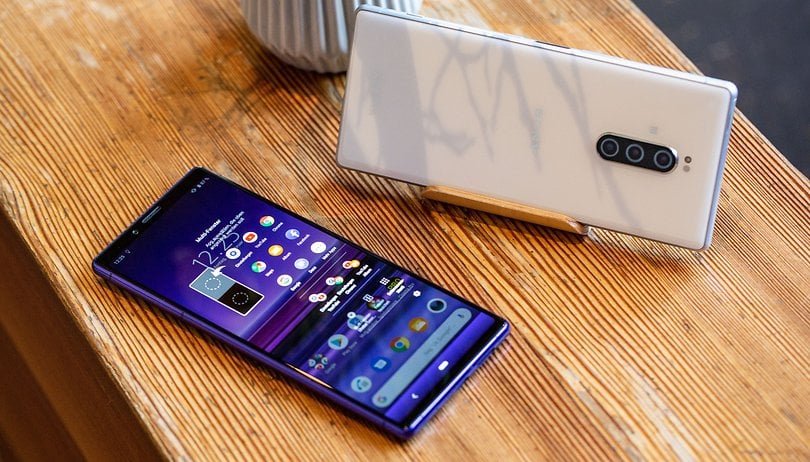

With the Sony Xperia 1, the Japanese manufacturer finally wants to show the world what it really has up its sleeve in for photos and videos. We were invited by Sony to go on a photo safari in Venice, and now we can show you the results of our first camera review of the Sony Xperia 1.
Jump to section:
- Technical specs of the camera
- Pictures in daylight
- Pictures in low-light
- Video features
- The bottom line
Sony Xperia 1 camera specifications
With the Xperia 1, Sony has ventured into the field of triple cameras for the first time. However, the Japanese are not using their own 48 MP sensor, but are using a sensor with a maximum resolution of 12 MP in each of the three sensors.
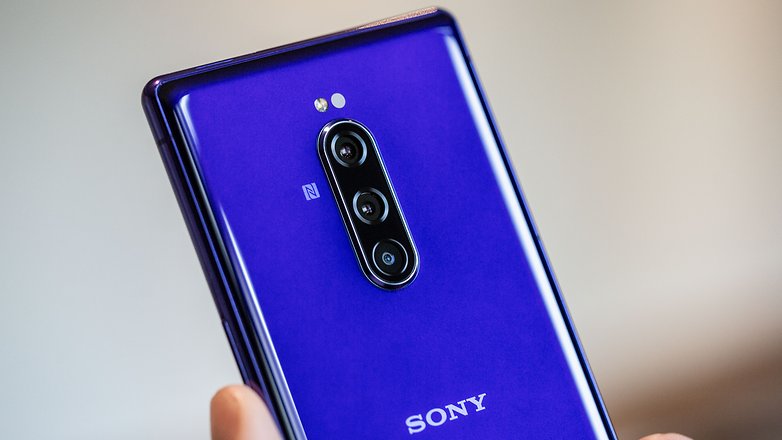
For focal length, there is a selection of ultra wide angle, normal and double zoom, at least in automatic mode: the ultra wide angle lens cannot be used in manual mode. Too bad. Sony's own camera app does not provide a way to save RAW photos. If you need it, you have to install Open Camera or another camera app.
Technical specs of the cameras in the Sony Xperia 1:
- Ultra-wide angle: 12 megapixels, 16 mm focal length, f/2.4 aperture, 1/3.4-inch sensor, fixed focus
- Normal focal length: 12 megapixels, 26 mm focal length, aperture f/1.6, sensor 1/2.6 inch, OIS, EIS, autofocus
- Telephoto: 12 megapixels, 52 mm focal length, aperture f/2.4, sensor 1/3.4 inch, OIS, EIS, autofocus
- Front camera: 8 megapixels, aperture f/2.0, sensor 1/4 inch, display flash, SteadyShot, HDR
Xperia 1 Camera review: Sony shines in daylight
Under good lighting conditions, the Sony Xperia 1 delivers very good photos. The richness of detail, exposure, image dynamics and sharpness are absolutely impressive, the smartphone produces almost no blurred or otherwise unusable photos. However, image noise is noticeable a bit faster than with some of the best smartphone cameras. While the double zoom is only of limited use - the magnification compared to the normal lens is simply not so strong - the ultra wide angle lens can really collect points in its favor.
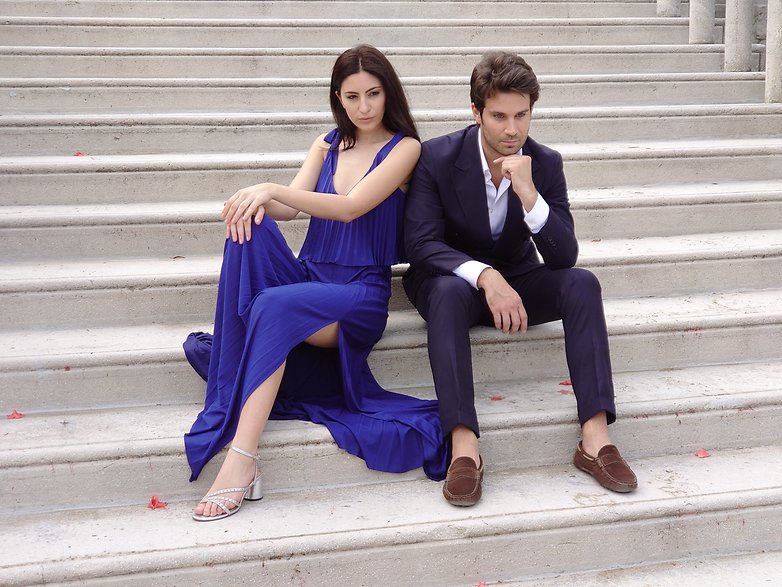
This is also due to an option in the settings of the camera app. Here the user can decide whether the Xperia 1 should calculate the usual perspective distortions directly out of the wide-angle shots. Then the image is minimally cropped at the edges, and then looks less like a fisheye lens. No other manufacturer currently offers this option.
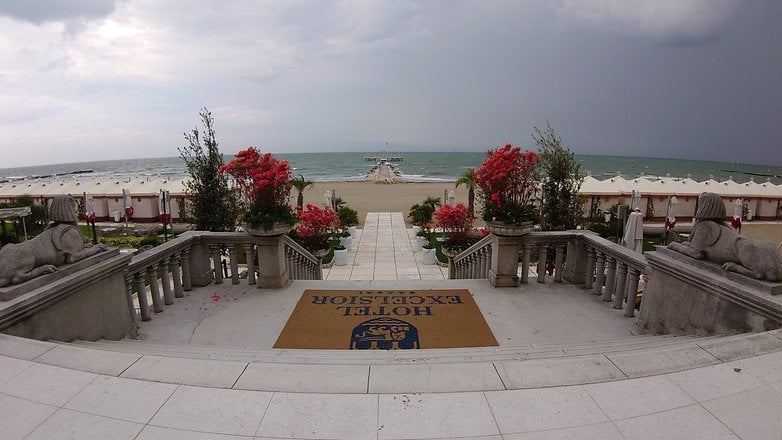
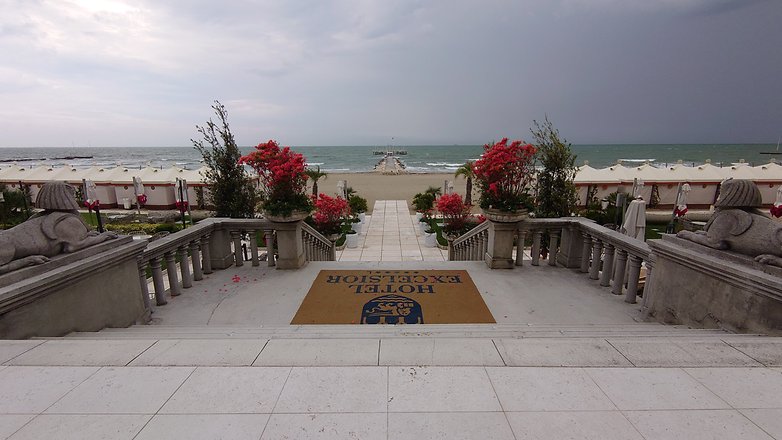
Speaking of camera apps: While many of these apps are overloaded with various shooting modes and options, Sony's camera app is refreshingly simple and reduced to the essentials. There is no night mode, nor is there any mode for taking portraits. The background blur can be switched on and off with a tap and its strength can be changed. The bokeh effect usually works well, but as with all other smartphones it produces errors every now and then. The camera reacts extremely quickly and is immediately ready for use in all situations thanks to the two-stage shutter button.
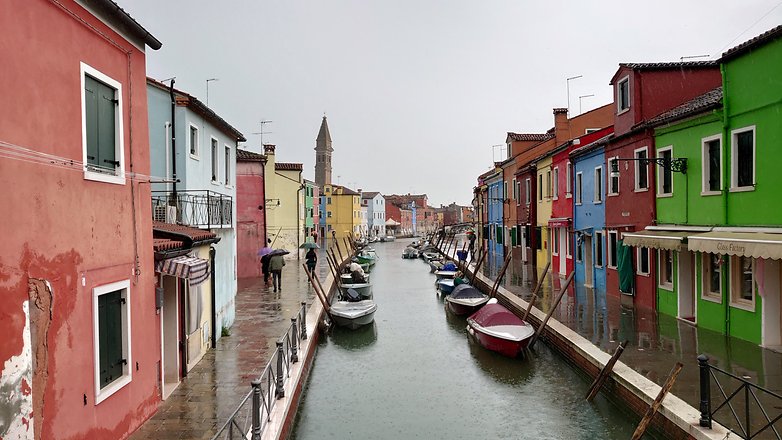
Although the front camera has only 8 MP, it also delivers good photos that score points with tidy details and good sharpness. In manual mode, however, only white balance and exposure can be adjusted.
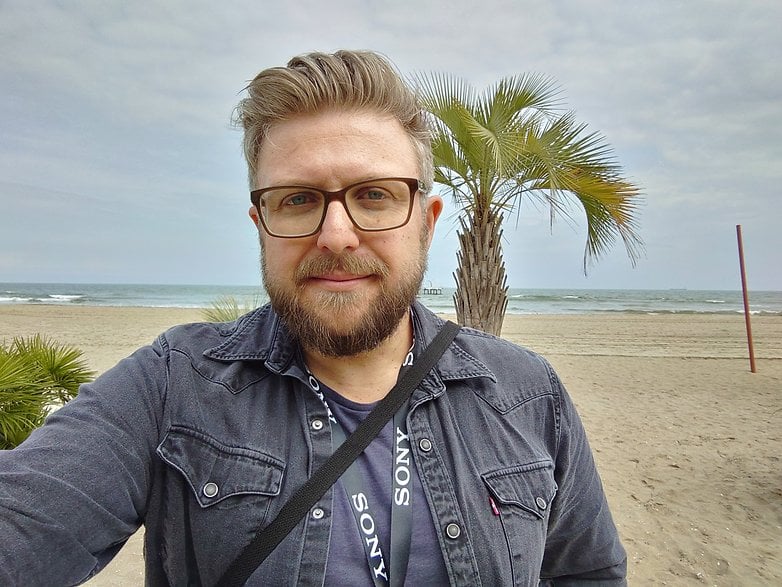
Xperia 1 camera review: low-light photos with lots of flair
When there is less light, the photos from the Sony Xperia 1 become weaker in the details. The sharpness of the image suffers from increased image noise, which can be noticed relatively quickly without zooming too much into the image. Low light specialists like the Huawei P30 Pro or the Google Pixel 3 deliver technically cleaner photos here.
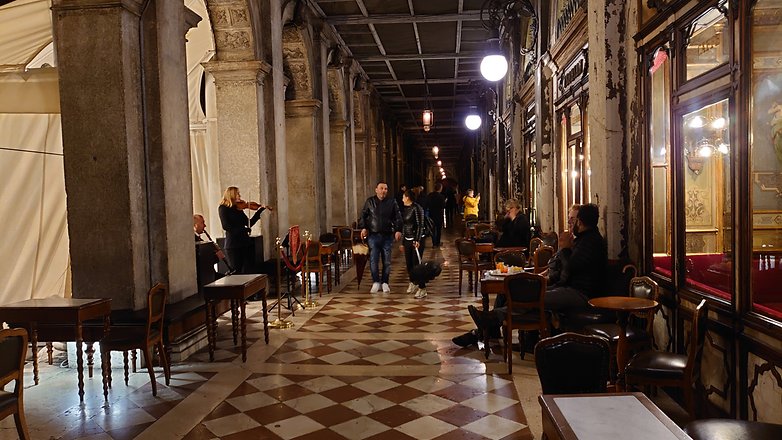
Nevertheless, the photos of the Sony Xperia 1 in the camera test are pretty good in other respects, even in low light, namely in terms of mood. While Huawei, for example, brightens low-light images far too much and Samsung often brings a yellow cast to the photos, but the Sony Xperia 1 depicts reality much more naturally and thus delivers images that come pretty close to what the eye sees. There are the weaknesses in the details to overcome though.
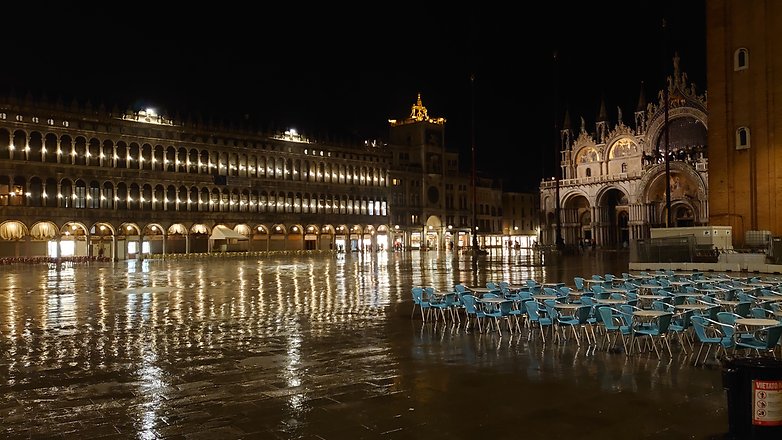
In poor lighting conditions, the Xperia 1 automatically decides whether the telephoto lens with the smaller aperture should be used or whether only the normal lens with the f/1.6 aperture should be used. The larger aperture, which lets more light onto the sensor, enhances image quality, but makes the zoom worse, as it only works digitally. The user is not informed and does not see any difference in the camera app. Sony should still be working on that.
The video features of the Sony Xperia 1
The Sony Xperia 1 can record videos in HD, Full HD with 30 or 60 fps, or in 4K with 30 fps. Here, too, the smartphone succeeds in reproducing the lighting situation and colors naturally. The combination of optical and electronic image stabilization ensures a steady hand, and the Xperia 1 is also excellent for filming while running. Slow motion pictures can be recorded at either 120 or 960 frames per second, while the higher frame rate only works in HD.
In addition, Sony has given the Xperia 1 a special mode for all filmmaking hobbyists. The app is called Cinema Pro and offers features that are not really necessary for normal use, but which ambitious video fans can use to get even more out of the Xperia 1 camera. We will dedicate another article to these special functions.
Here's the bottom line
The switch to a triple camera was definitely worth it for Sony: more really is better in this case. The camera delivers good to very good images in almost all situations. The Xperia 1 made up for its slight weaknesses in the details of low-light photos in our camera review with a particularly lifelike look. It's just a shame that Sony doesn't use its own 48 MP sensor, and therefore can't use the possibilities of pixel binning - especially with low-light this would have helped. For hobby filmmakers, the Sony smartphone also has a lot to offer.
If you want to see more, have a look at the pictures in full resolution:
- All review photos taken with the Sony Xperia 1 in full resolution






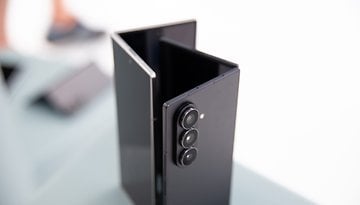
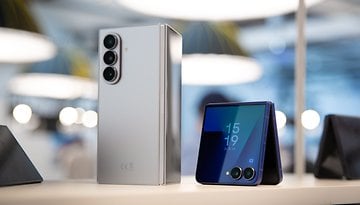
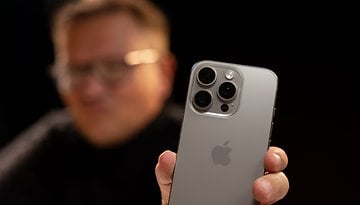
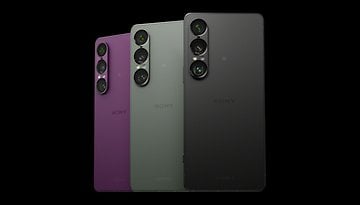
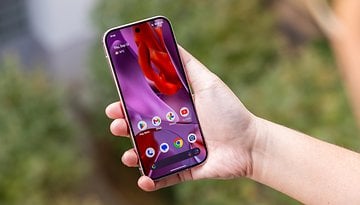
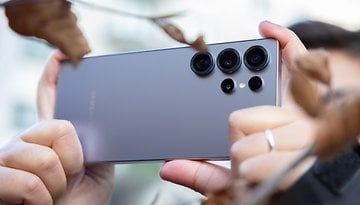
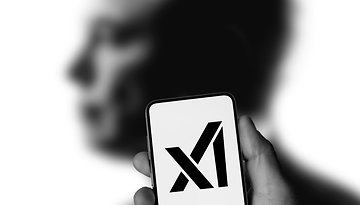
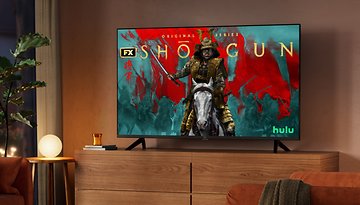
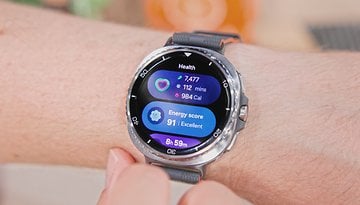
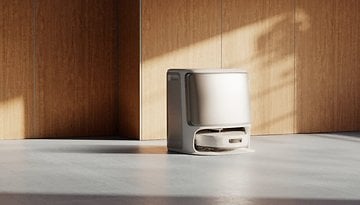
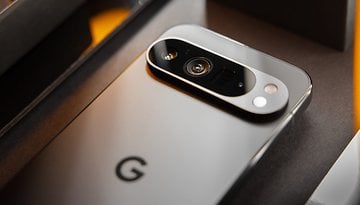



Sony always one step behind in lens aperture and sensors. Always selling a better sensor to others and choosing a lower one for your smartphones. And why do Sony engineers hate so much big batteries? Lack of vision.
J'ai apprécié l'article, grâce à vous je vais l'acheter.